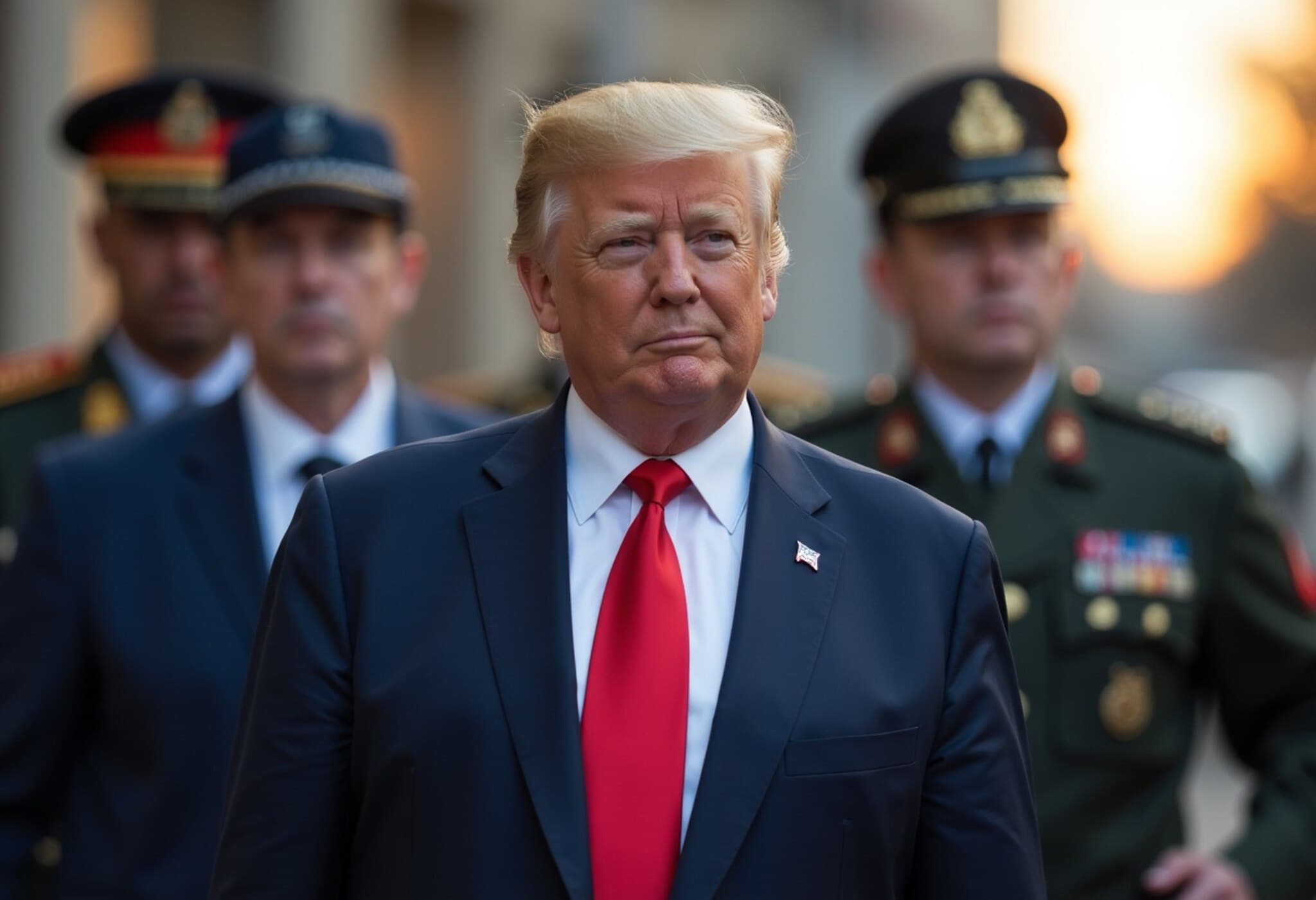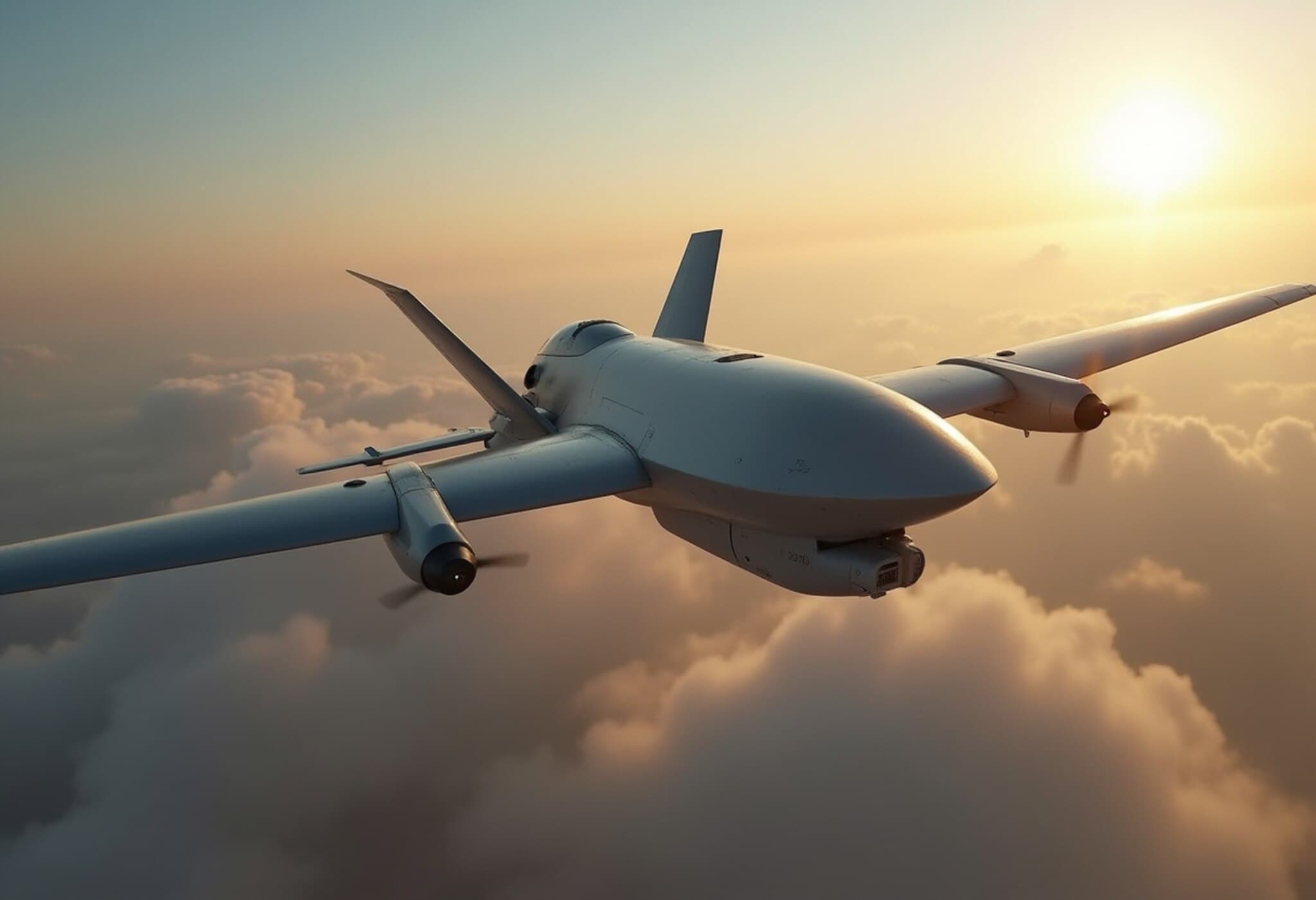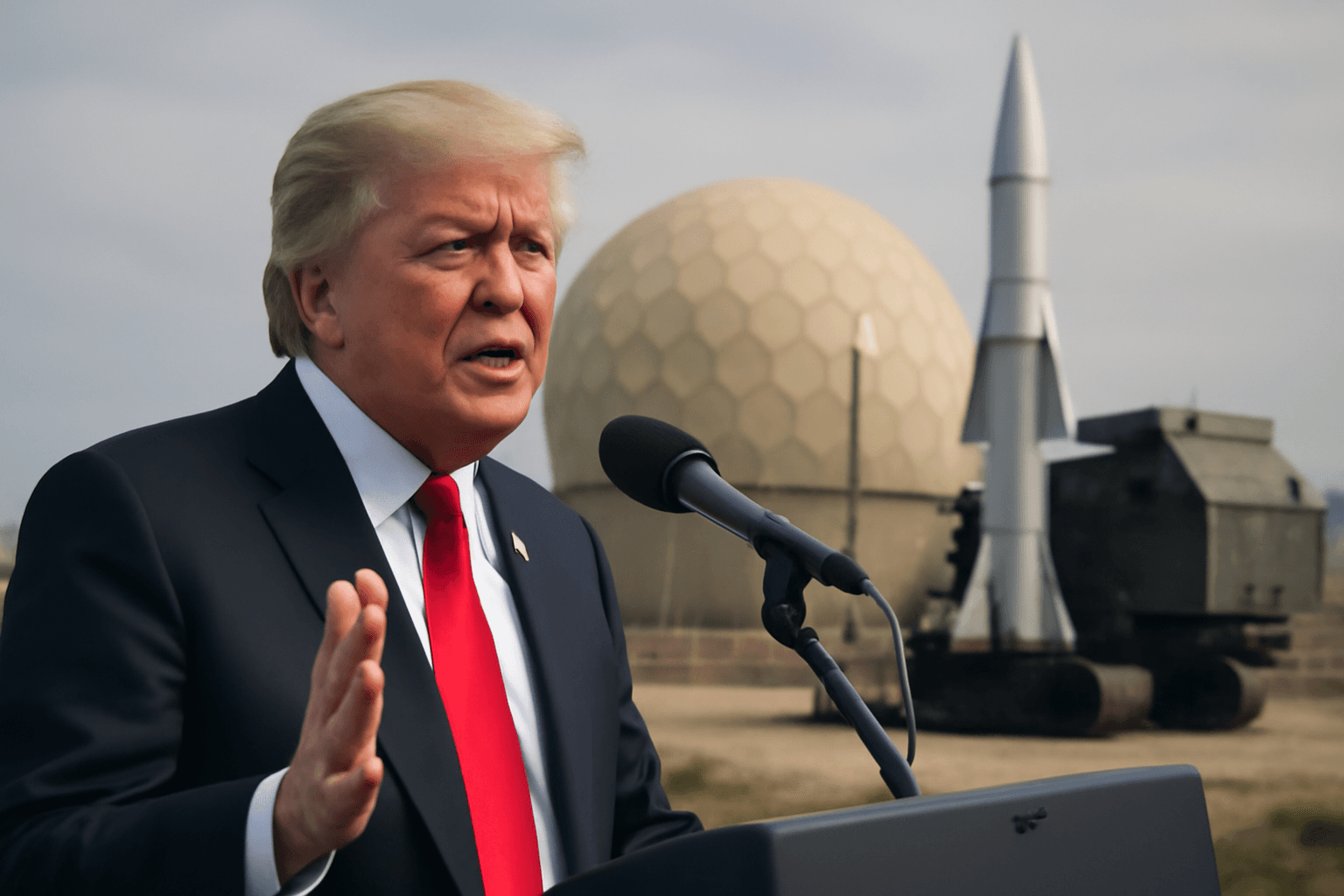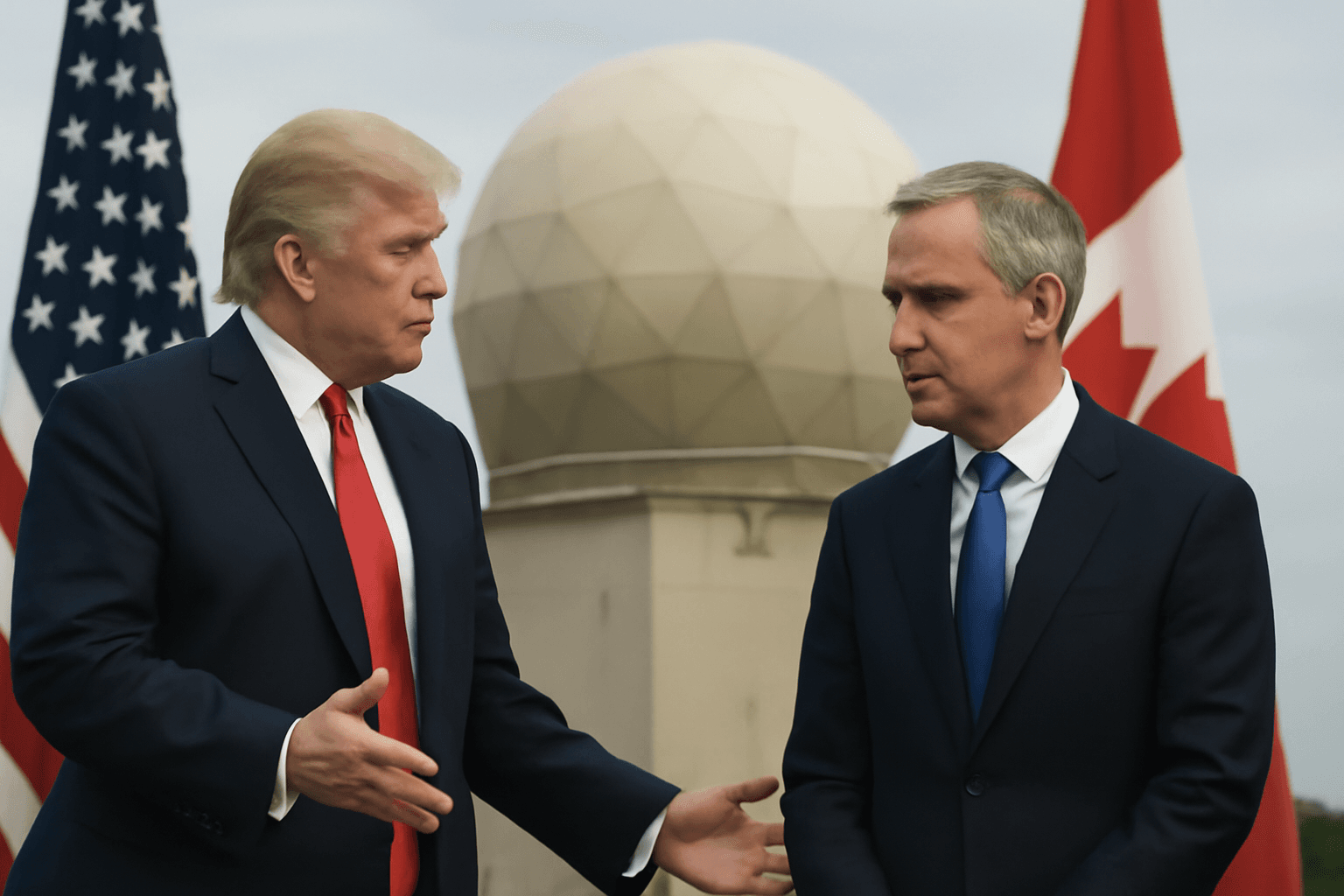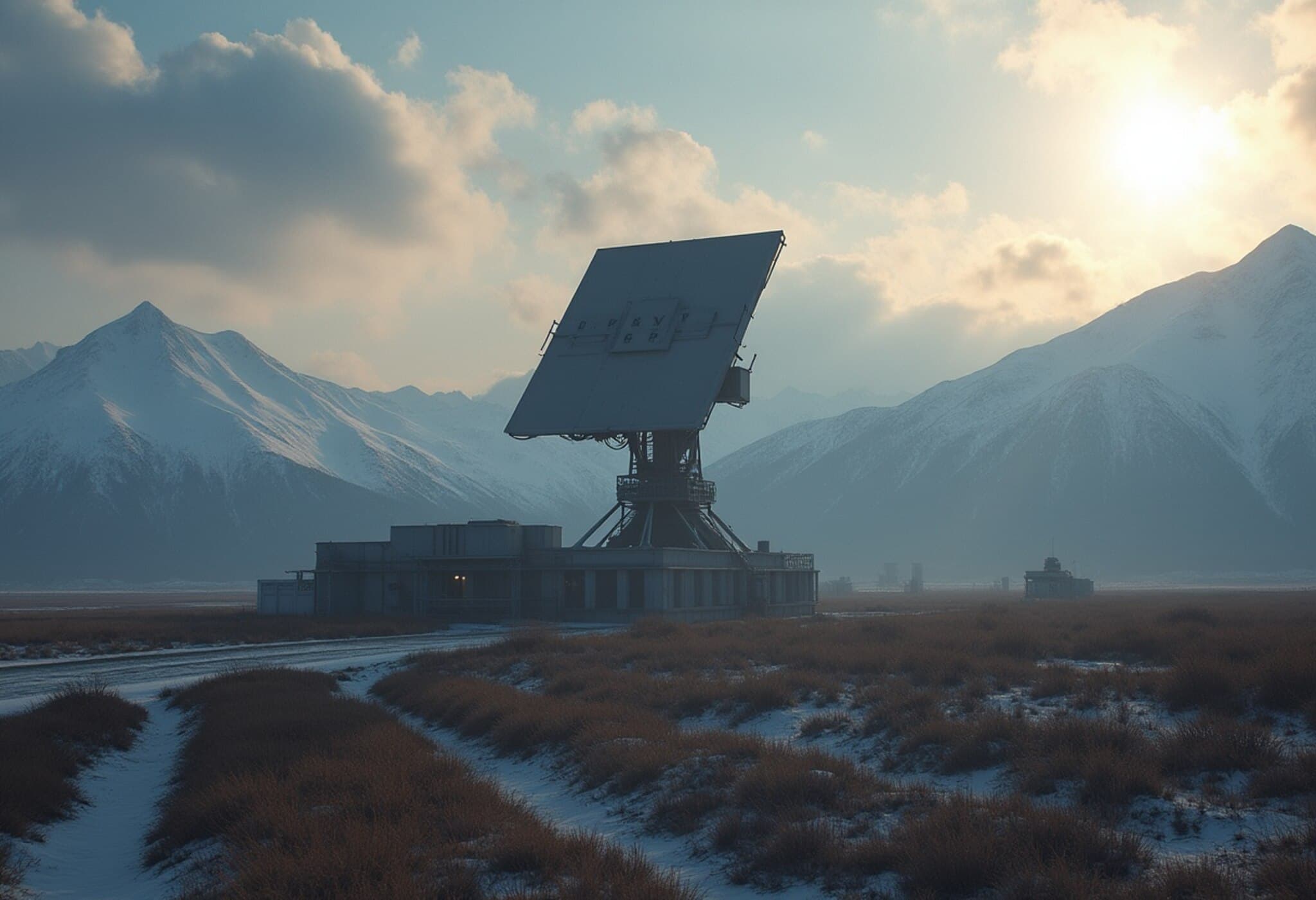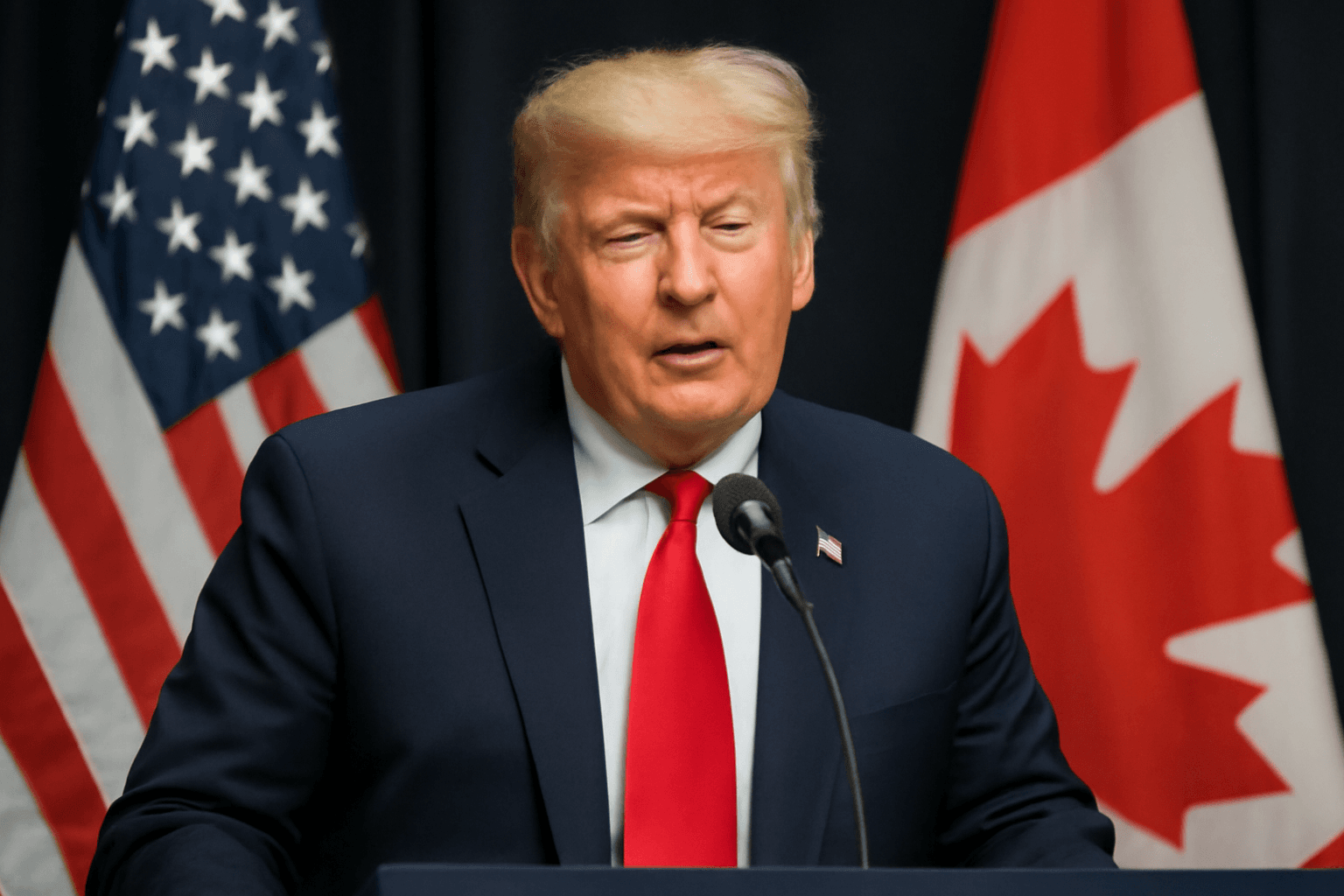Trump Administration Broadens Golden Dome Missile Defense Collaborations
The Trump administration is charting a new course for the ambitious Golden Dome missile defense system by seeking partners beyond Elon Musk’s SpaceX. This strategic move signifies a departure from exclusive reliance on SpaceX’s renowned Starlink and Starshield satellite networks, which have so far been pivotal in U.S. military communications.
Growing Strains Between Trump and Musk Influence Defense Strategy
The pivot comes amid rising tensions between former President Donald Trump and Elon Musk, reaching a critical juncture in early June 2025. Multiple sources familiar with Pentagon discussions reveal that even prior to the feud, defense officials expressed concerns over depending heavily on a single contractor for a $175-billion space-based missile shield project.
Although SpaceX remains a heavyweight contender given its proven track record—having launched over 9,000 Starlink satellites and navigating government procurement adeptly—administrators are now embracing alternative vendors to diversify and fortify the program’s foundations.
Amazon’s Project Kuiper Joins the Race
The Pentagon has approached Amazon’s Project Kuiper, which currently operates 78 out of its planned 3,000 low-earth orbit satellites. This outreach signals a noteworthy shift toward incorporating commercial satellite technology giants alongside traditional defense contractors. Jeff Bezos, Amazon’s executive chairman, has acknowledged the dual commercial and defense applications of Kuiper’s constellation, emphasizing its future role in national security.
Despite slower deployment compared to SpaceX, Project Kuiper’s inclusion could enhance the resiliency and capacity of the Golden Dome system, particularly for critical missile tracking and communication functions.
Emerging Players and Established Defense Contractors Step Up
Besides tech giants, established defense firms such as Northrop Grumman, Lockheed Martin, and L3Harris are actively engaging in the Golden Dome’s development. L3Harris reports surging demand for missile warning technologies, while Northrop is advancing space-based interceptors that could launch offensive responses from orbit. Lockheed Martin reaffirms its readiness to support the program as a "proven mission partner."
Moreover, newer rocket companies like Stoke Space and Rocket Lab are expected to compete for launch contracts, diversifying launch capabilities beyond SpaceX’s dominance as the program matures.
The Urgency and Rapid Timeline Driving Development
Launched shortly after Trump’s second term began, Golden Dome has aggressive deadlines. Newly confirmed Space Force General Michael Guetlein has been mandated by Defense Secretary Pete Hegseth to rapidly build teams and deliver comprehensive system designs within the first 120 days. This tight timeframe reflects the administration’s prioritization of swiftly deploying a robust missile defense shield.
Security and Strategic Implications
Integrating commercial platforms like Project Kuiper raises significant cybersecurity and electronic warfare challenges. As demonstrated by SpaceX’s struggle against Russian jamming attempts, securing satellite networks against hostile interference will be critical. Failure to harden these systems could undermine the entire missile defense architecture.
Beyond technical hurdles, the Golden Dome system may reshape global military balances by accelerating space militarization and prompting rival nations to develop countermeasures or offensive space capabilities. Its layered satellite network aims to surpass Israeli Iron Dome’s terrestrial missile defense by extending coverage across vast orbital domains.
Political Undercurrents and Changing Competitive Landscape
The administration’s invitation to Silicon Valley newcomers with ties to Trump, including firms like Palantir and Anduril, initially shaped early contracting expectations. However, the Musk-Trump split—and Musk’s recent launch of the "America Party," which opposes key Trump policies—has stirred instability in defense collaborations, highlighting how political dynamics can ripple through national security projects.
Looking Ahead: A Complex Puzzle of Innovation, Security, and Strategy
The Golden Dome program symbolizes the U.S. defense sector’s evolving approach to collaboration: blending government expertise with cutting-edge commercial technologies to build a next-generation missile shield. While the stakes are high and timelines compressed, this diversification strategy may ultimately fortify America’s space defense posture and ensure resilience amid rapidly shifting geopolitical and technological landscapes.
Editor’s Note
The Golden Dome initiative raises critical questions about the future of military-commercial partnerships in space defense. How will the U.S. balance innovation with security risks inherent in integrating commercial satellite operators? Can the Pentagon’s accelerated schedule yield a layered, resilient missile shield without overconcentration of risk? As the program unfolds, stakeholders and observers alike should watch closely for how political rivalries, emerging technologies, and strategic imperatives intersect in this monumental defense endeavor.



